History of Atlanta: Railroad Terminus to Modern Metropolis
Explore Atlanta's transformation from a small railroad town into a thriving, culturally rich metropolis.
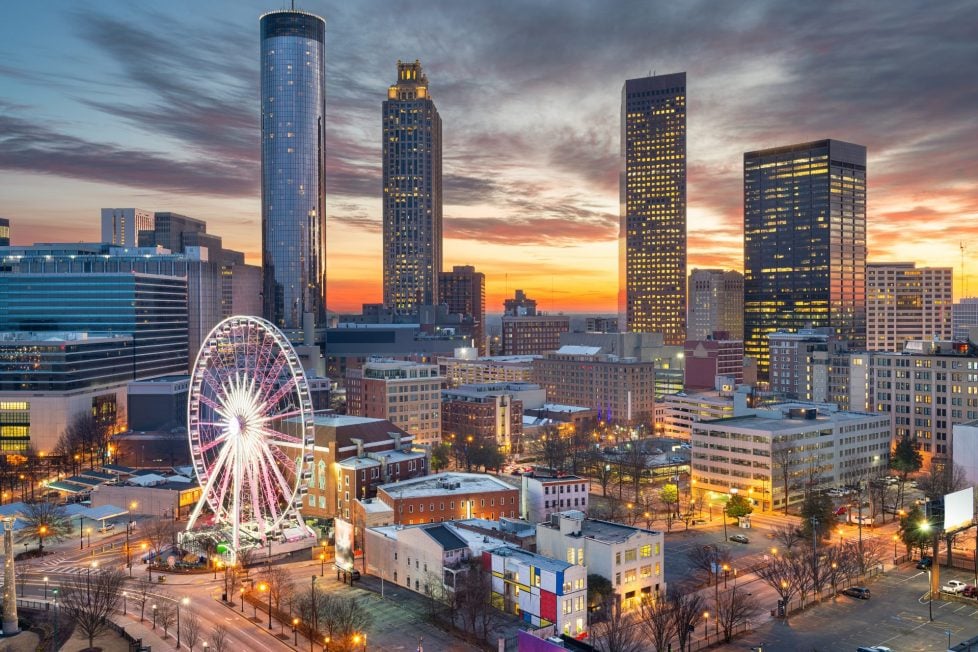
Explore Atlanta's transformation from a small railroad town into a thriving, culturally rich metropolis.

Table of Contents
ToggleToday, Atlanta, Georgia is a sprawling metropolis home to over half a million people. In just over 150 years, what began as a small town at the end of the railroad tracks has become the birthplace of iconic figures, the home of world-renowned companies like Coca-Cola, and the site of incredible transformations and world-changing movements. Keep reading to learn more about the history of this renowned city and its place in the fabric of American life.
The modern city of Atlanta began in 1837 as the end of the Western & Atlantic railroad line. At the time, the town was named Terminus, because it was the end of the rail line. Of course, that wasn’t the most inspiring, memorable name for a growing town, so the name was changed to Marthasville, in honor of the daughter of the governor at the time.
However, the name didn’t stick and was changed to Atlanta in 1845. Just 23 years later, in 1868, this new city became the capital of Georgia.
The origins of the name “Atlanta” aren’t entirely clear. The name “Atlantic” originally derived from ancient Greek for “Sea of Atlas,” and was seen at the time as a symbol of progress and prosperity. Others believe it was named after a Cherokee word meaning “place where the water meets,” in reference to the city’s location at the confluence of two major rivers.
But most historians agree that Edgar Thomas, Chief Engineer of the Georgia Railroad, gave the modern city its moniker. Some say he named it after the Atlantic side of his Atlanta-Western railroad, while others believe his older daughter is the modern city’s namesake.
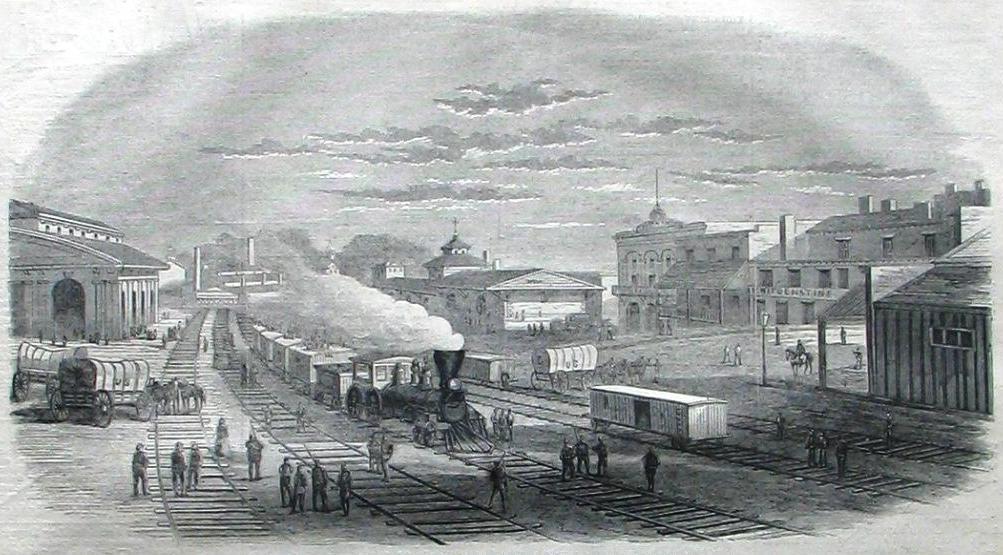
While Atlanta was still a relatively small settlement when the Civil War broke out in 1861, its easy access to railroad lines quickly made it one of the most important cities in the Confederacy. Foundries, ammunition factories, and other businesses sprang up to support the war effort, and the city’s population doubled within a few short years.
Thanks to the rail lines that met at Atlanta, the city also became an important logistics hub for the Confederacy, with warehouses stocked with food, weapons, and clothing. The industrial operations and transportation options that sprang up during the Civil War laid the foundation for the economic powerhouse Atlanta is today.
Far from the front lines, Atlanta was considered safe from the war, especially in the early years. However, in the summer of 1864, General Sherman had pushed the Tennessee army into the city. Throughout the summer, Union forces cut the rail lines connecting Atlanta to the rest of the Confederacy. The siege lasted until September, when the Confederate armies left Atlanta after suffering devastating losses in the battle.
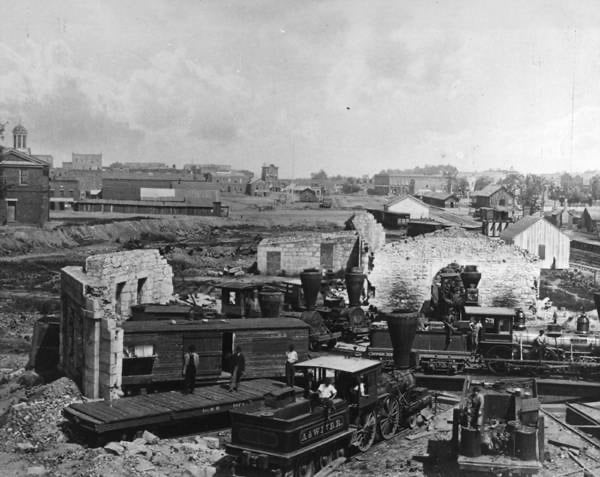
Sherman’s army took control of the city and began destroying any remaining military assets left behind by the Confederates. However, he knew he couldn’t remain in Atlanta, so he ordered the civilian population to evacuate before destroying anything the Confederate army might use in its war effort. Foundries were demolished, the Georgia Railroad Roundhouse was destroyed, and other industrial buildings were pulled down. By some estimates, Sherman’s army destroyed 40% of the city before beginning the next phase of their campaign.
While the destruction of Atlanta was a turning point in the Civil War, civilians began returning just a few days after Sherman’s army left. Rebuilding started almost immediately, and the rebuilt city eventually became the capital of Georgia in 1868, replacing the previous capital of Milledgeville. The decision to make Atlanta the capital was partly due to its central location and status as a major transportation hub, which the city still maintains today.
Despite the destruction early in its history, Atlanta offers a variety of famous historical sites to explore. One of the most iconic attractions is the Martin Luther King Jr. National Historical Park, which includes the church where King preached and his final resting place.
The Atlanta History Center includes the oldest existing mansion in Atlanta, the Tullie Smith House. This beautiful mansion was built in 1840 and is open to visitors, offering a glimpse into the city’s architecture and rich, vibrant past.
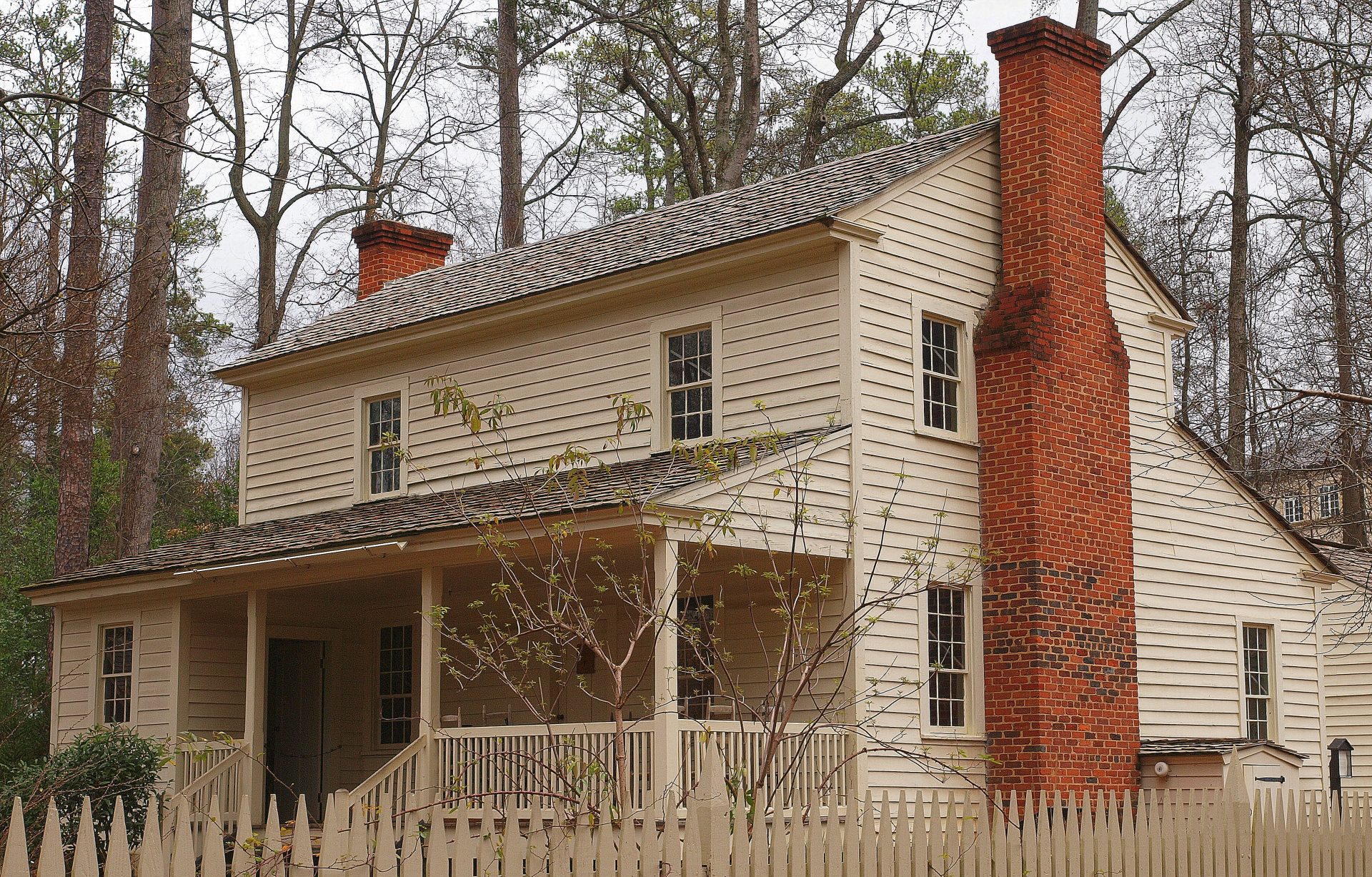
For Civil War buffs, the Kennesaw Mountain National Battlefield Park offers hiking trails and preserved battlefields from the conflict. At this park, you can see cannons placed in their original positions, trenches as they were constructed by the soldiers of the era, and walk in the footsteps of those who fought in this high-stakes battle.
Anyone interested in Atlanta’s fascinating history should also visit the historic Oakland Cemetery, the final resting place of many notable Atlantans, including author Margaret Mitchell and several former governors. The manicured, carefully maintained grounds also provide some tranquility in the midst of the bustle of one of the region’s busiest cities.
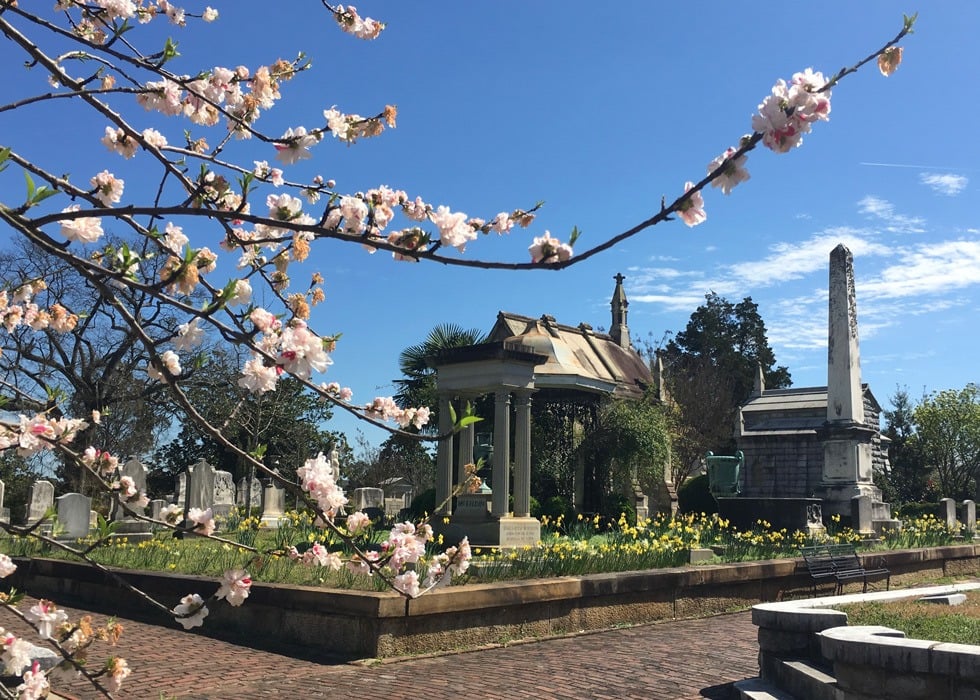
Atlanta is also home to the Jimmy Carter Presidential Library, a library and museum that showcases the life and work of President Jimmy Carter, who was originally from Georgia. The library includes tributes to Carter’s efforts in human rights, peace negotiations, and environmental conservation. Visitors can explore exhibits featuring artifacts, photographs, and documents from Carter’s presidency and his post-presidential work.
Before the city was destroyed in the Civil War, the heart of Atlanta was primarily dedicated to industrial factories and railroad buildings. While most of these structures were torn down or burned in the war, downtown Atlanta was rebuilt and eventually emerged as a major center for commerce and industry.
Many of the buildings that now make up the famous downtown skyline were constructed during the late 1800s and early 1900s, including the Flatiron Building, the Candler Building, and the Hurt Building. These iconic buildings are still standing today and give downtown Atlanta its unique character.
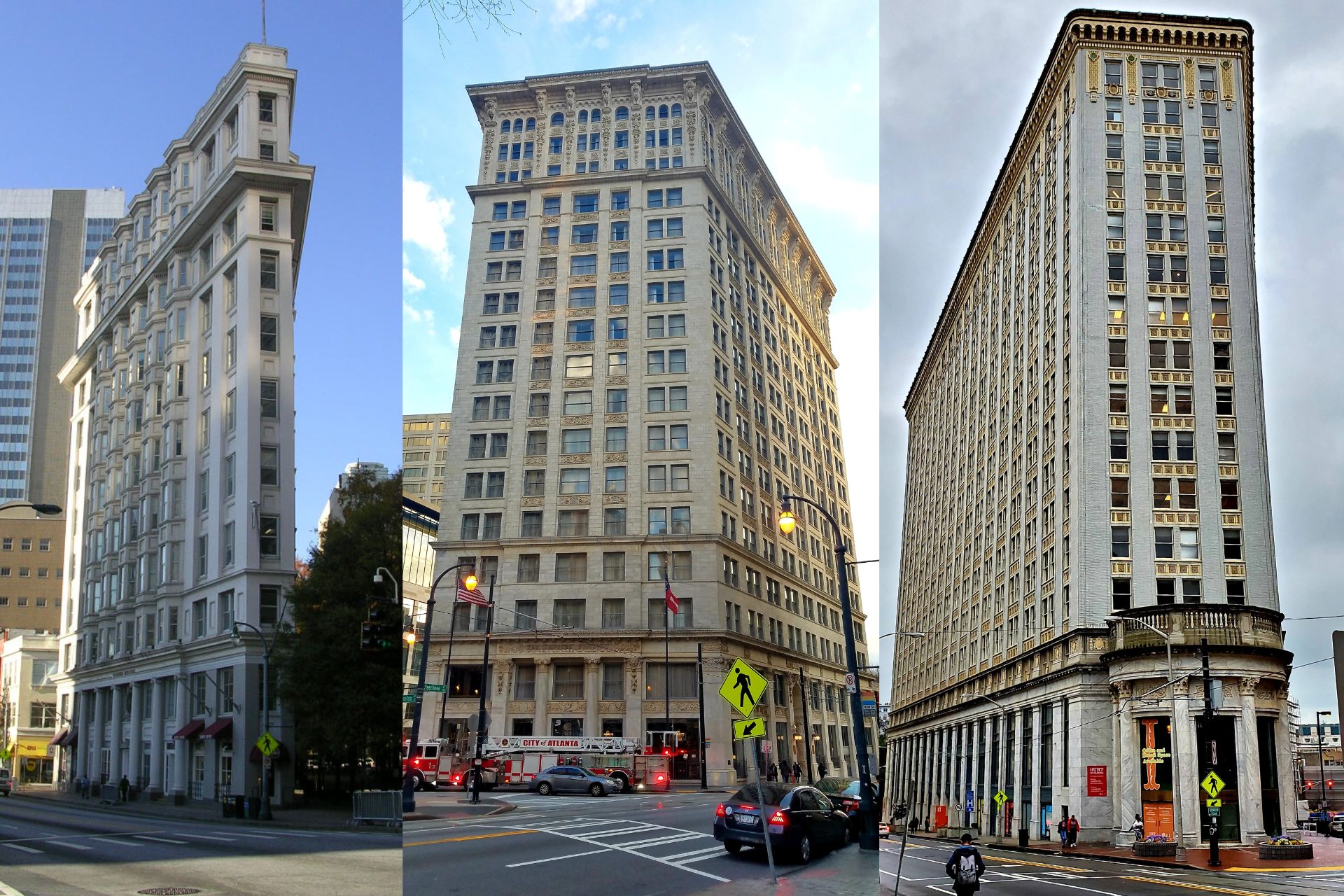
The downtown area also played a central role during the Civil Rights Movement of the 1950s and 60s. The historic Auburn Avenue, also known as “Sweet Auburn,” was the center of Atlanta’s black business and cultural community during this time. The street was home to the Ebenezer Baptist Church, where Martin Luther King Jr. was a pastor, and the Atlanta Life Insurance Company, one of the largest black-owned businesses in the country.
Today, downtown Atlanta is a bustling urban center with a mix of modern high-rise buildings and historic landmarks. Visitors can explore the World of Coca-Cola, the Georgia Aquarium, and the CNN Center, as well as take in the views from the top of the SkyView Ferris wheel. Downtown Atlanta is a vibrant and dynamic part of the city, with a rich history that continues to shape its future.
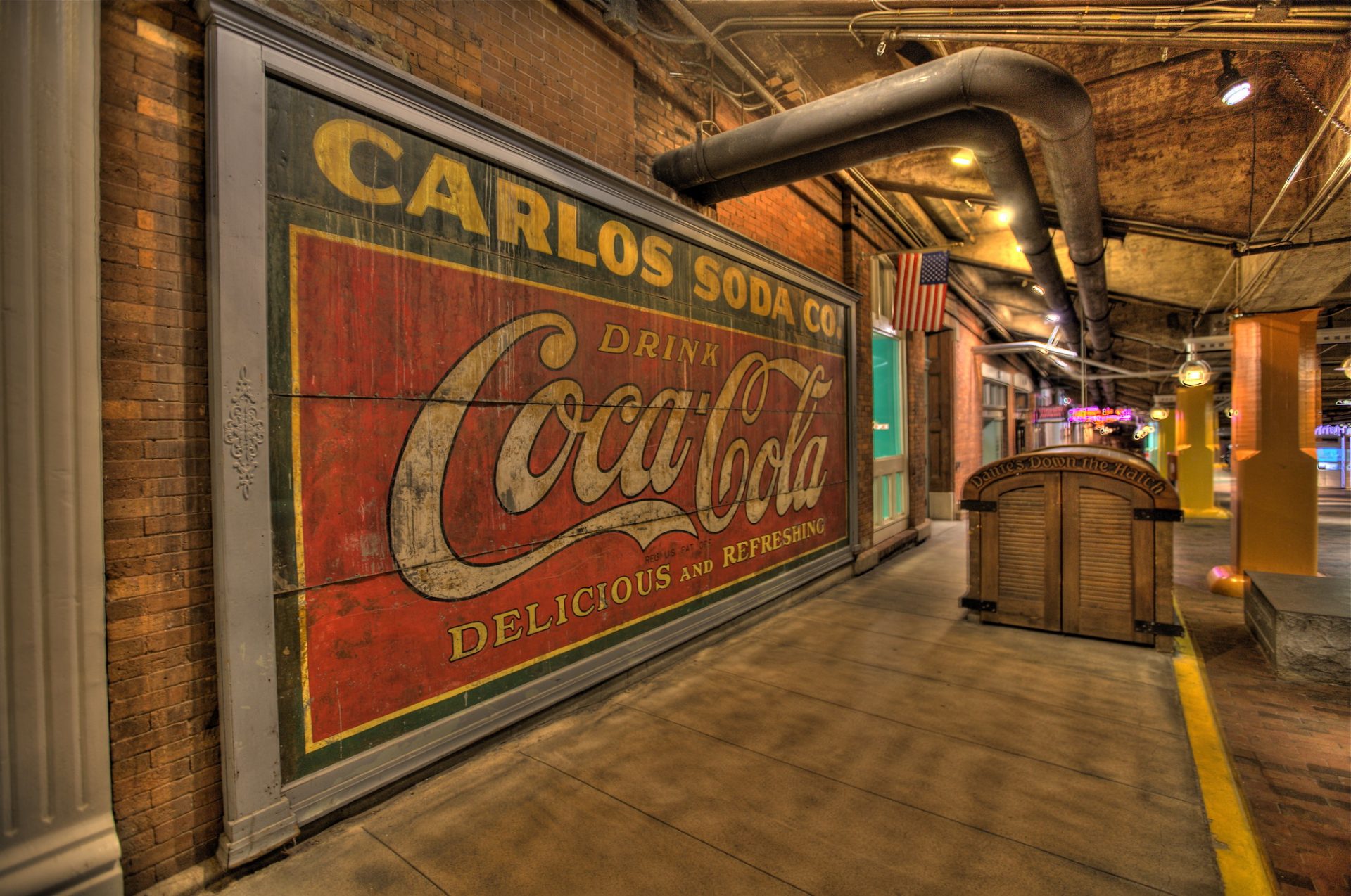
Located in the heart of downtown Atlanta, the Underground is a historic district that dates back to the 1860s. Originally known as the “City Beneath the Streets,” it was built during the Reconstruction era after the Civil War as a way to raise the city’s streets and sidewalks above the newly-laid railroad tracks. The storefronts and buildings that were once at ground level became the basements and tunnels of the new street-level structures.
In the early 1900s, the Underground was a bustling retail and commercial district, filled with shops, restaurants, and entertainment venues. However, by the 1920s, the area had fallen into disrepair and was largely abandoned.
In the 1960s, the Underground was rediscovered and revitalized as an exciting hub for music and nightlife. It became a popular destination for young people and musicians, including the legendary guitarist and singer-songwriter, Jimi Hendrix.
In 1969, the Underground was officially opened as a tourist attraction, featuring restaurants, shops, and entertainment venues. Over the years, it has undergone several renovations and changes in ownership, but has remained a popular destination for visitors to Atlanta. Today, it’s being renovated once again into a sustainable community with an exciting mix of retail and dining options, as well as events and entertainment options throughout the year.
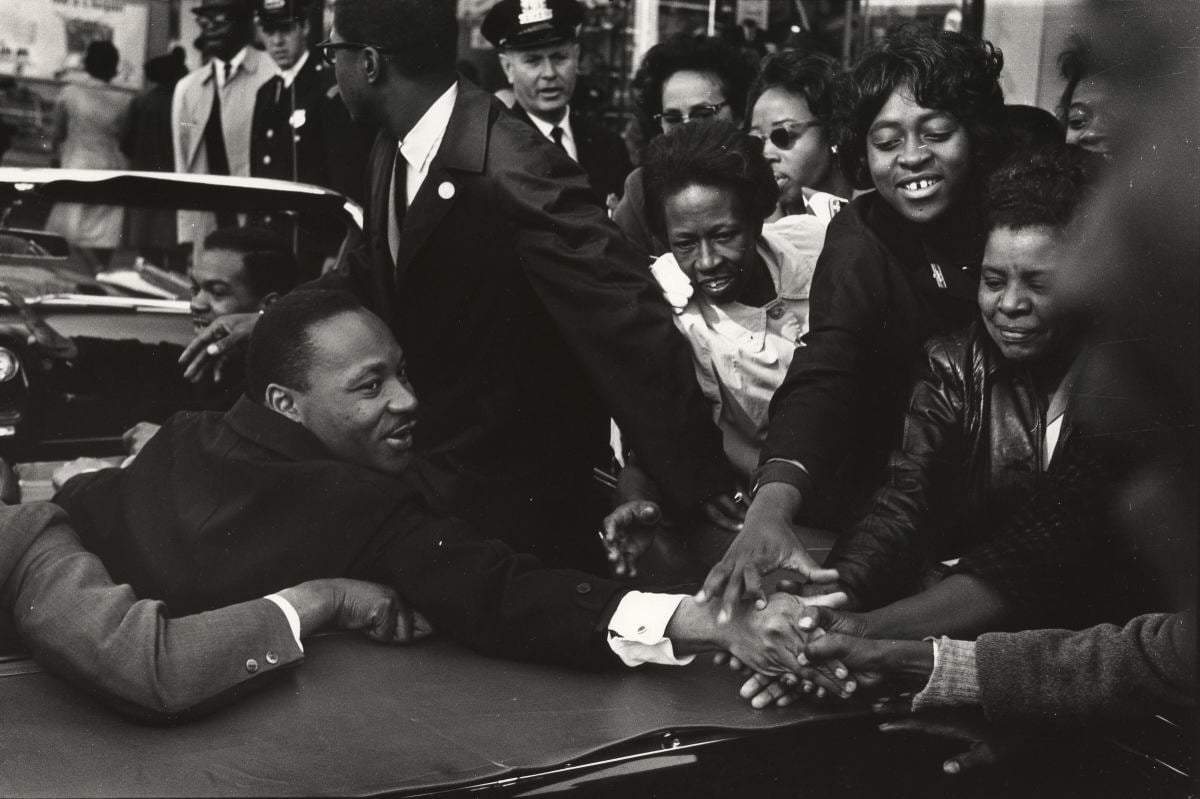
Birmingham might be the first city that comes to mind when people think of the Civil Rights Movement, but Atlanta also played a pivotal role. In the 1950s and 60s, the city was a hub of activity for civil rights leaders, activists, and everyday people who fought for racial equality and social justice.
During this time, Atlanta was home to many influential figures in the movement, including Martin Luther King Jr., John Lewis, and Ralph David Abernathy. These leaders organized protests, sit-ins, and other forms of civil disobedience to push for change and demand justice for Black Americans.
One of the most significant moments in Atlanta’s Civil Rights Movement history was the desegregation of the city’s schools. In 1961, nine Black students known as the “Atlanta Nine” were the first to attend previously all-white schools in the city. This event was a major milestone in the fight for equal education and helped pave the way for school desegregation across the country.
Activists in Atlanta also played a key role in organizing the famous Selma to Montgomery marches in 1965. These protests represented a pivotal moment in the fight for voting rights and helped lead to the passage of the Voting Rights Act.
Atlanta’s music scene may not be as widely recognized as nearby cities like Nashville or Memphis, but it has a rich and diverse musical heritage spanning multiple genres and decades.
In the 1920s, Atlanta earned a reputation as the “cradle of gospel music” in the 1920s, thanks to the National Baptist Convention and the emergence of popular gospel singers like Thomas A. Dorsey. In the 1950s and 1960s, Atlanta played a pivotal role in the rise of soul music. Otis Redding, Stax Records, and many other talented musicians and producers came out of Atlanta to help shape the sound of soul music.
Hip-hop and R&B saw a resurgence of hip-hop and R&B music in the 1980s and 90s, with many artists creating a sound with a unique flavor. Many influential artists, such as Outkast, TLC, and Usher, emerged from Atlanta to bring attention to the city’s music scene and establish it as an industry hub.
Today, Atlanta continues to nurture a vibrant and thriving music scene with a diverse array of genres and styles. The city is home to major record labels, recording studios, and some of the biggest names in the industry.
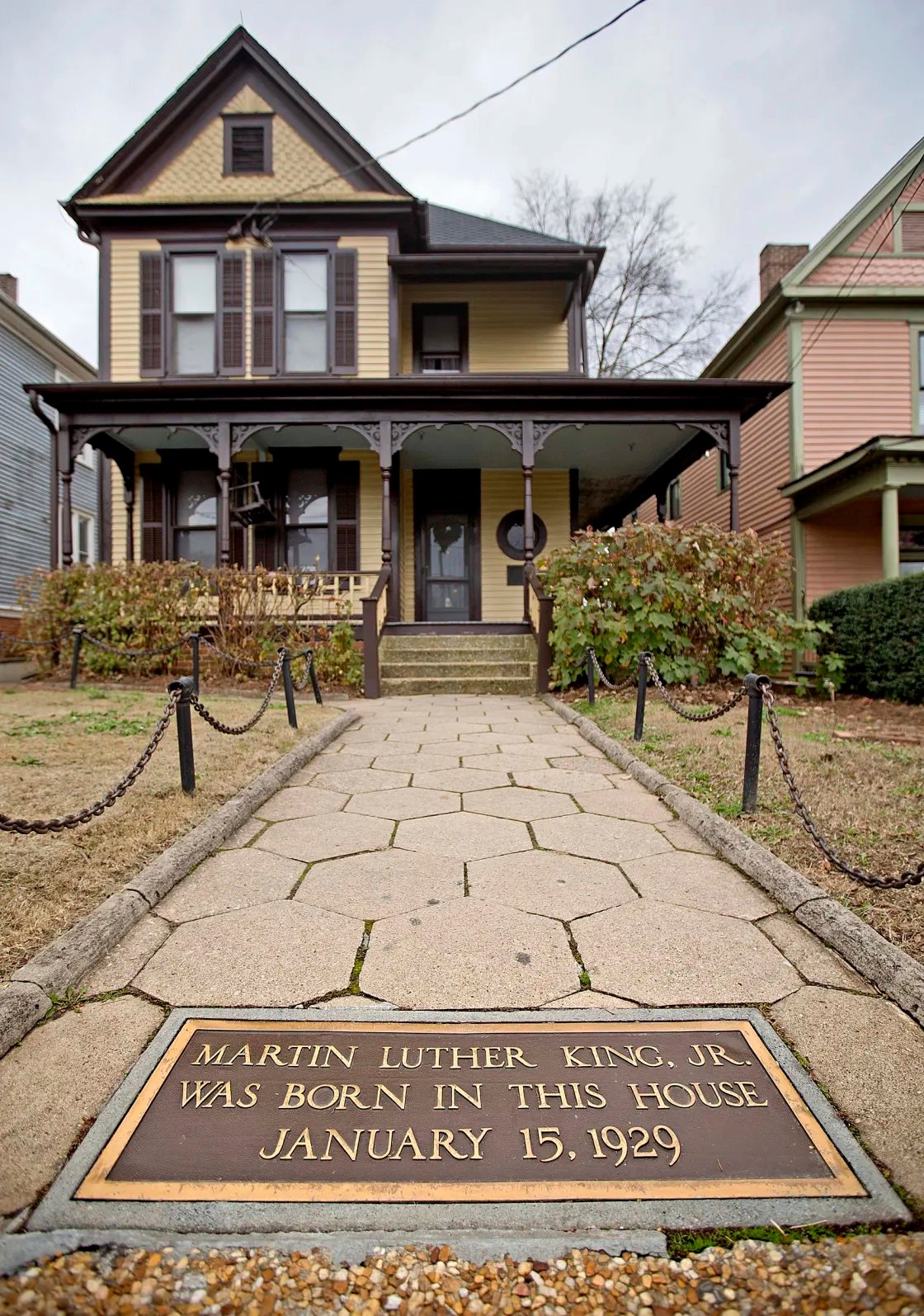
Born in 1929 in a house located in the Sweet Auburn neighborhood of Atlanta, MLK Jr. grew up to become a powerful advocate for racial equality and social justice. He is best known for his famous “I Have a Dream” speech and his iconic role in the American Civil Rights Movement.
Today, visitors can tour MLK Jr.’s childhood home and learn about his life and legacy at the Martin Luther King Jr. National Historical Park, which includes his childhood home. This is a must-visit destination for anyone interested in the history of the civil rights movement and the inspiring legacy of this great American leader.
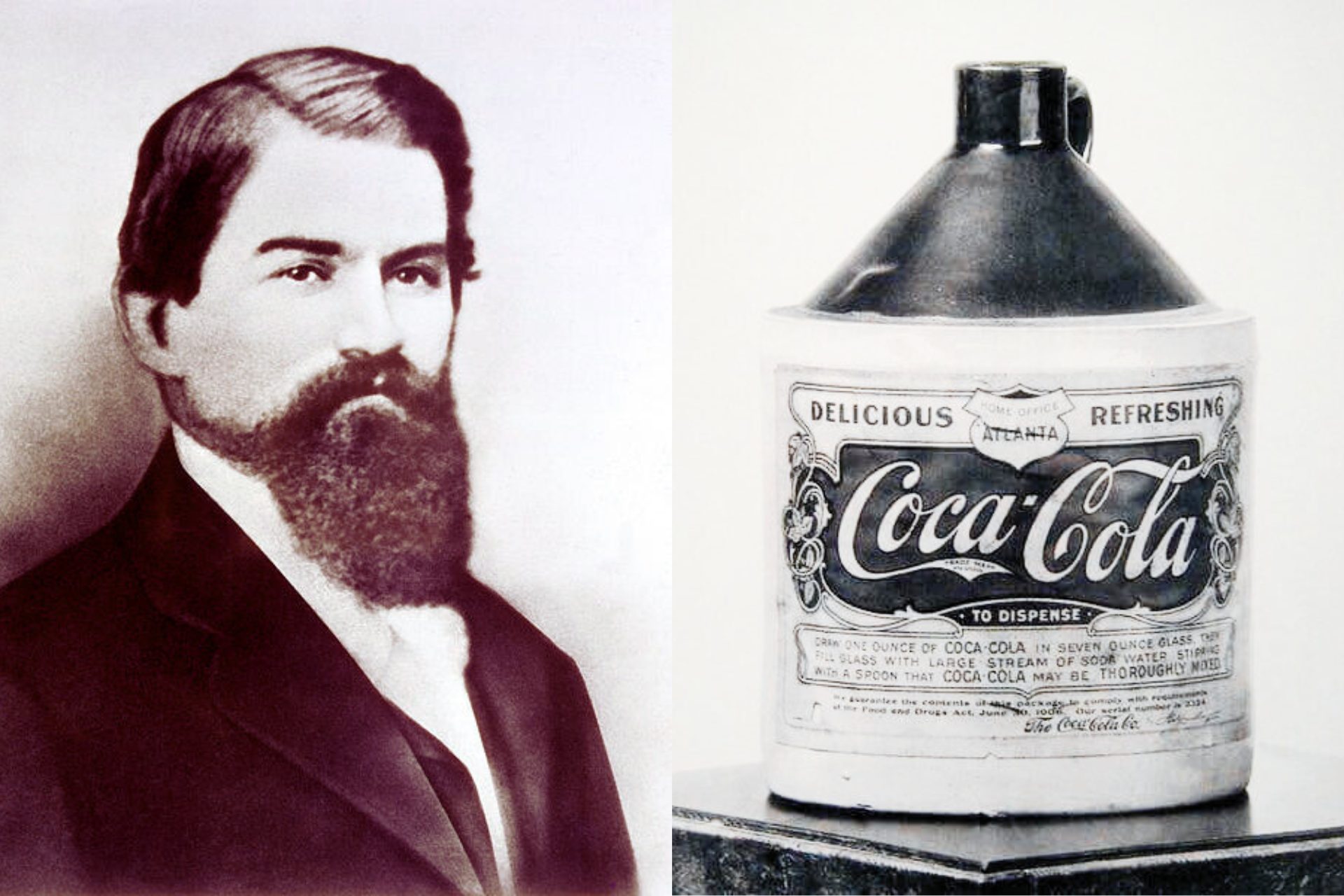
Coca-Cola was invented in Atlanta in 1886 by pharmacist John Pemberton who was trying to invent a cure for headaches. The first Coca-Cola, which included a mixture of coca leaves and kola nuts, was sold at Jacobs’ Pharmacy in downtown Atlanta.
Rumor has it that the recipe is secured in a vault at Coca-Cola’s Atlanta headquarters, which is also a popular tourist attraction. At the World of Coca-Cola, you can learn about the fascinating history of one of the world’s most popular beverages and sample different flavors from around the world.
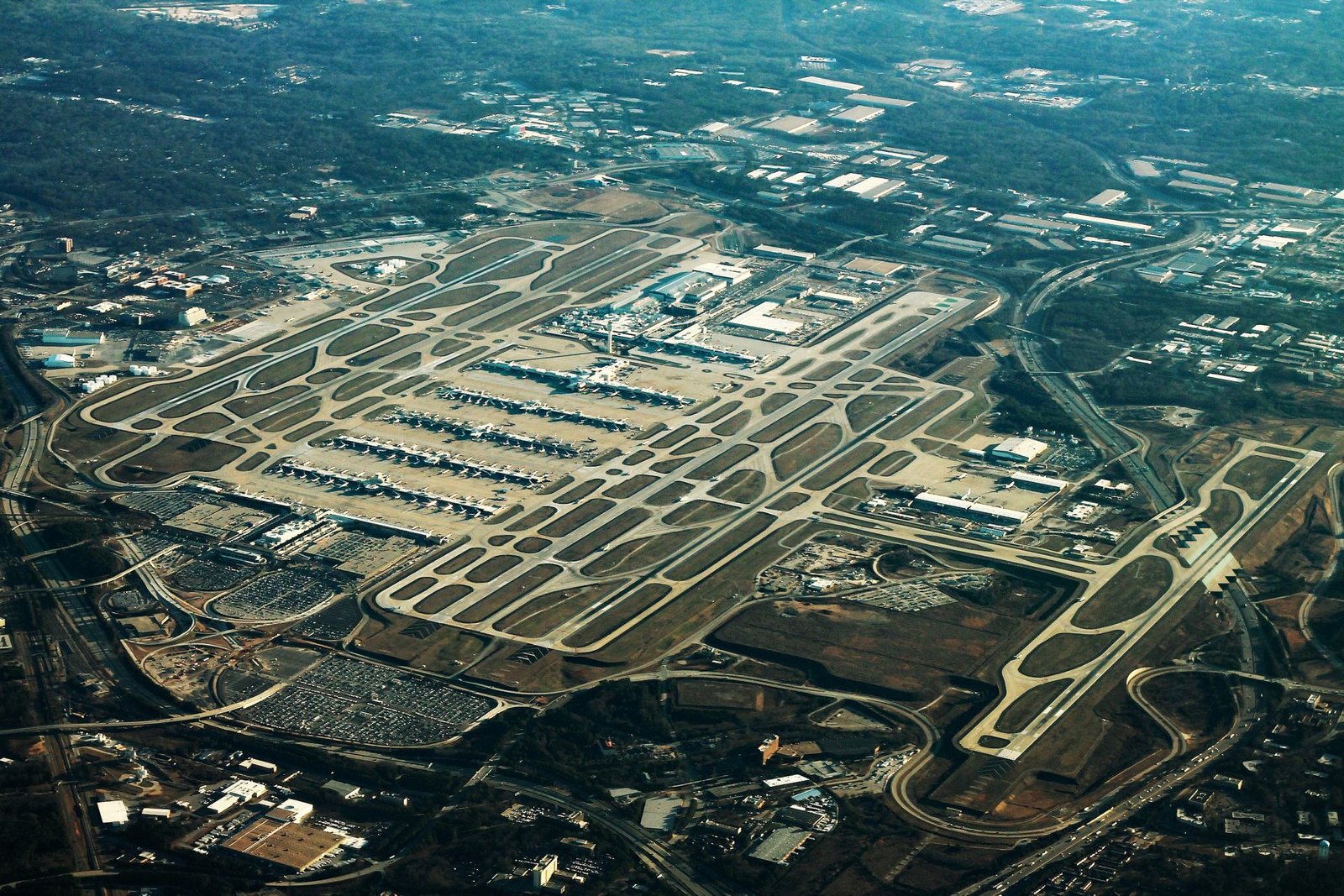
Since its earliest days, Atlanta has always been a hub of transportation. Today, Hartsfield-Jackson International Airport carries on the tradition of the nation’s earliest railroads by connecting the southeast to the world. In 2021, over 42 million passengers traveled through this airport, making it the world’s busiest airport for the 23rd consecutive year.
Atlanta’s international airport serves as the headquarters of Delta Air Lines, one of the largest airlines in the world. In addition to Delta, Atlanta airport is also a hub for several other major airlines, including Southwest, American, and United. Thanks to its location in the southeastern United States, Atlanta is a convenient connecting point for flights traveling between North America, Europe, Asia, and Africa.
To accommodate the large number of passengers, the airport has five runways, seven concourses, and over 200 gates. Every day, over 1,000 planes leave from Atlanta to over 225 locations around the world.
Georgia’s world-famous peaches are honored throughout Atlanta, which has more than 70 streets named after the ubiquitous tree. For newcomers, this can make navigating the city difficult, especially where many of these Peachtrees intersect.
However, when most people talk about Peachtree, they’re referring to the original Peachtree Street, one of the most famous thoroughfares in Atlanta. This street is known for its iconic skyline and is home to many of the city’s most beautiful historic landmarks and cultural institutions. Peachtree Street is also the site of the annual Peachtree Road Race, a 10K race that hosts 60,000 every year.
Unlike many other major American cities, Atlanta is a haven of trees, which has earned it the nickname “The City in the Forest.” A dense canopy covers most of the metropolitan area, especially outside the downtown and business districts. The edges and suburbs of the city melt seamlessly into a lush, beautiful forest.
Hollywood might be the center of the film and TV industries, but Atlanta is quickly catching up. Thanks to some generous tax incentives, access to the world’s busiest airport, and a massive pool of talent, Atlanta is increasingly attractive to major film and TV studios. Several Netflix shows are filmed in Atlanta, as well as most of the Marvel movies.

A city as evocative and unique as Atlanta will earn a long list of nicknames. Along with “City in the Forest,” Atlanta is also known as the “New York of the South.”
Most locals, however, refer to the city as “Hot’ Lanta” because of its long, hot, humid summers. The city is located in the southeastern United States, which is known for its warm, subtropical weather. Many locals also refer to the city by its nickname, “ATL,” after the airport’s acronym. This nickname has been popularized through music, television, and film, and is often used by residents as a term of endearment for their city.
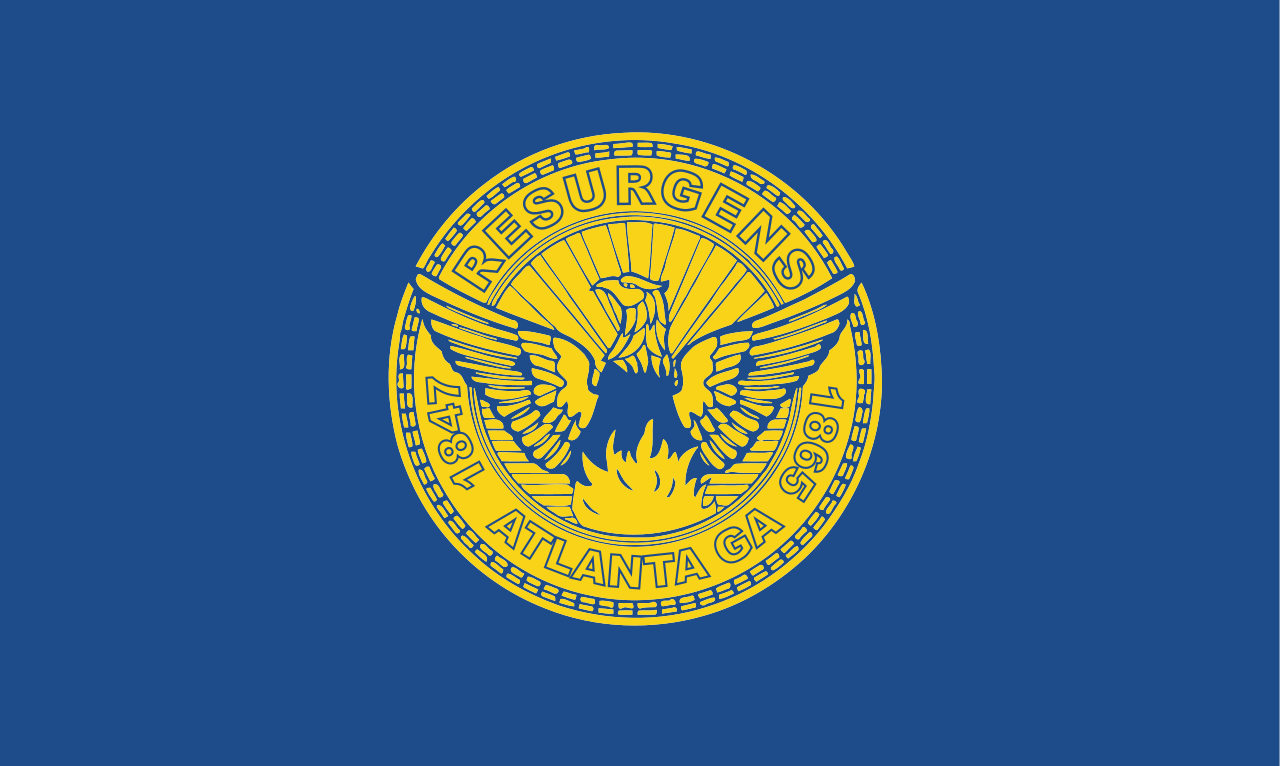
The motto of Atlanta, found in the city seal emblazoned on streetlights and the official city flag, is “Resurgens.” This Latin word translates to “rising again,” which embodies the city’s ability to rise from the ashes of war and reinvent itself. To emphasize the point, the city seal features an eagle with the dates 1847 and 1865, the years of the city founding and the rebuilding after the Civil War.
From its humble beginnings as a railway junction to its current status as a global city, entertainment hub, and thriving cultural center, Atlanta has undergone immense transformations over the years, shaped by a diverse array of people, cultures, and events.
But Atlanta’s story is far from over. As the city continues to grow and evolve, it will undoubtedly continue to make history in its own unique way. Whether you’re a longtime resident, a newcomer to the city, or visiting on vacation, take some time to appreciate how Atlanta rose from the ashes of its past to become one of the powerhouses of the South.
